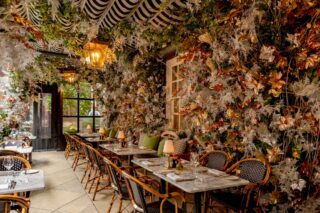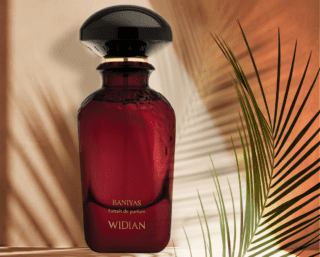This website uses cookies so that we can provide you with the best user experience possible. Cookie information is stored in your browser and performs functions such as recognising you when you return to our website and helping our team to understand which sections of the website you find most interesting and useful.
Wilder lands: the rewilding initiatives restoring the UK
By Lauren Jade Hill | 12 May 2022 | Culture, Lifestyle
These incredible projects are transforming vast areas of landscape across the country while also providing the setting for stylish rural retreats immersing you in these bucolic surroundings
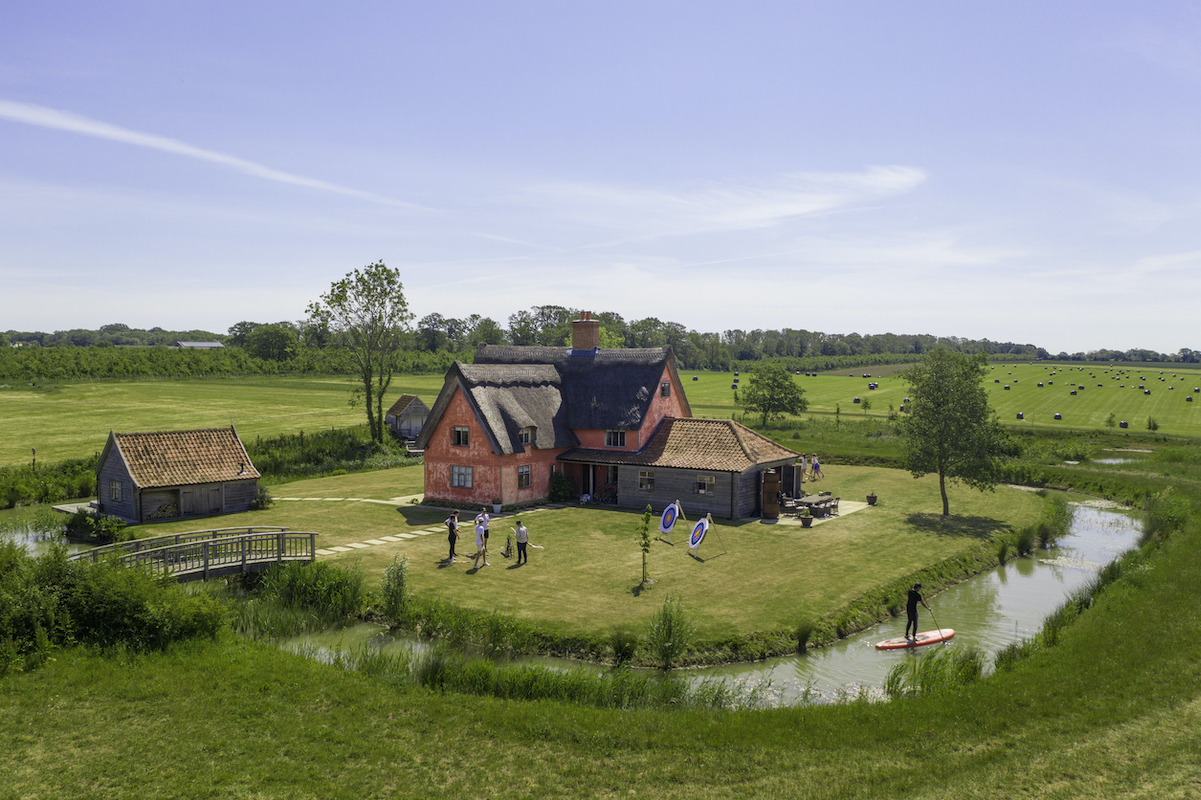
Whether it’s verdant pockets of our cities or the undulating hillside and valleys of our most isolated rural regions, the global health crisis of the last two years has brought about a significant surge in appreciation for the UK’s wildest areas – with more attention than ever before brought to rewilding. This new excitement for nature shines a brighter light on the sites that have undertaken ambitious rewilding projects over the years, while inviting luxury travellers to stay in stylish retreats amid the British wilderness.
Receiving particular attention, Wilderness Reserve spans 8,000-acres of the Suffolk countryside. This green expanse of land now covers two separate estates — Chapel Barn Estate and Sibton Park Estate — has long been benefitting from the rewilding initiatives of its owner, Foxton founder Jon Hunt, and his family. Over the past 25 years, reclaimed land has been transformed under the expertise of renowned landscape architect Kim Wilkie into wildlife-rich pastures home to new lakes, rivers, marshland, moors, forests and fields of wildflowers.
As many as 1.5 million trees have been planted throughout this time, and the reserve is committed to planting 100,000 trees every year for the next decade. These efforts are part of Wild Arcadia – a renaturing initiative attracting new and returning wildlife species to the landscape.
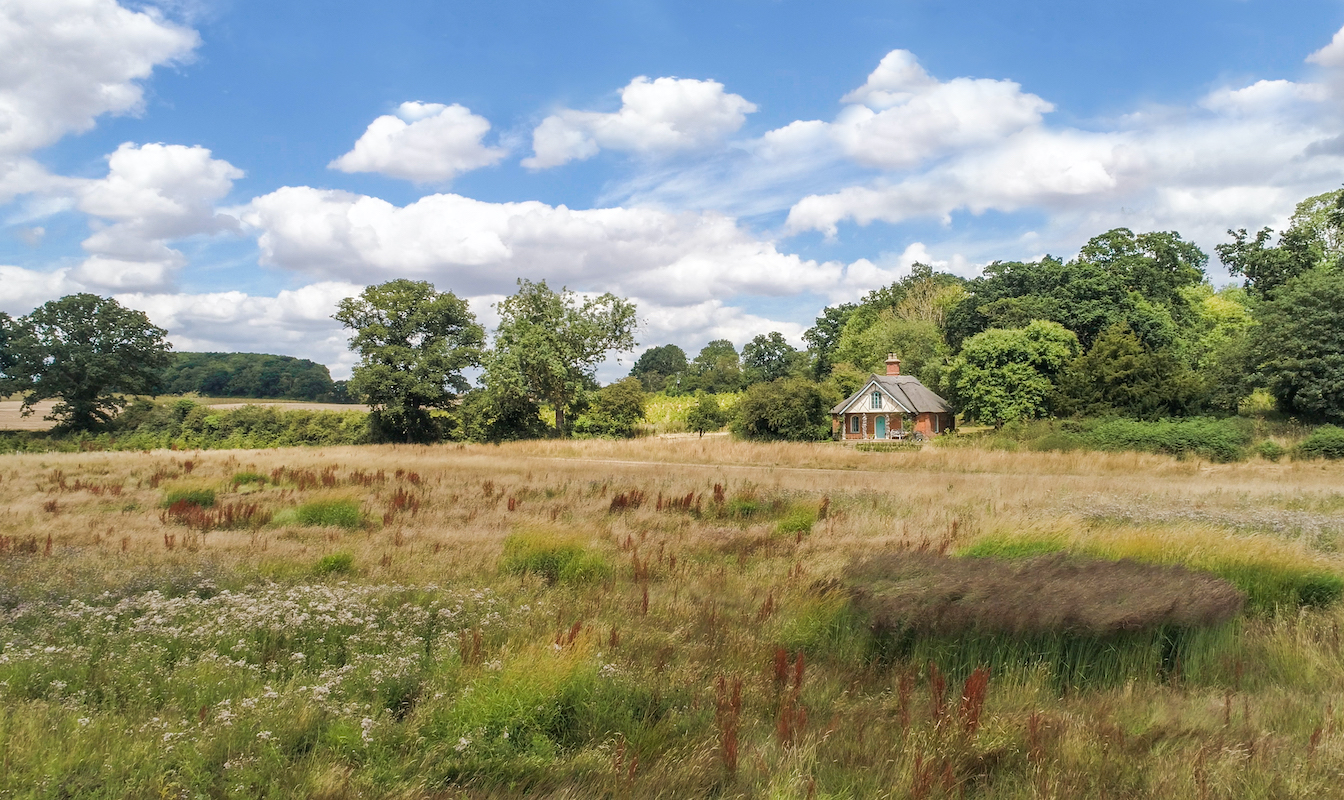
“Arcadia is an ancient idea of a world where human beings see themselves as part of nature, living harmoniously with plants and animals,” says Wilkie. “They tend their flocks, play music, eat well and farm in balance with the soil, water and wildlife. Wild Arcadia just places more emphasis on the way that natural farming repairs the damage of industrial agriculture and regenerates biodiversity and a healthy environment.”
Owing to these long-running efforts, the numberofbirdspeciesfoundontheestateshas increased from 57 to 135 in 20 years. There are now more than 33 species of mammals to spot here, along with 220 plant species and an increasing population of butterflies, moths and dragonflies. Otters recently returned to the area through the gradual return of their natural habitat.
“As a family we’re extremely passionate about wildlife,” says Harry Hunt. “When we created Wilderness Reserve eight years ago, it was a by- product of what we were already doing for the land. Now it’s really taken off, it allows us to do even more for the land. We’ve got an ecology team, like a steering committee of experts who help us plan the future of the land, advise us on how to help the wildlife, where to plant hedges, and everything else that enhances the environment. That’s how it all started. And the direction we’ve now gone in with tourism enables us to create more wilderness.”
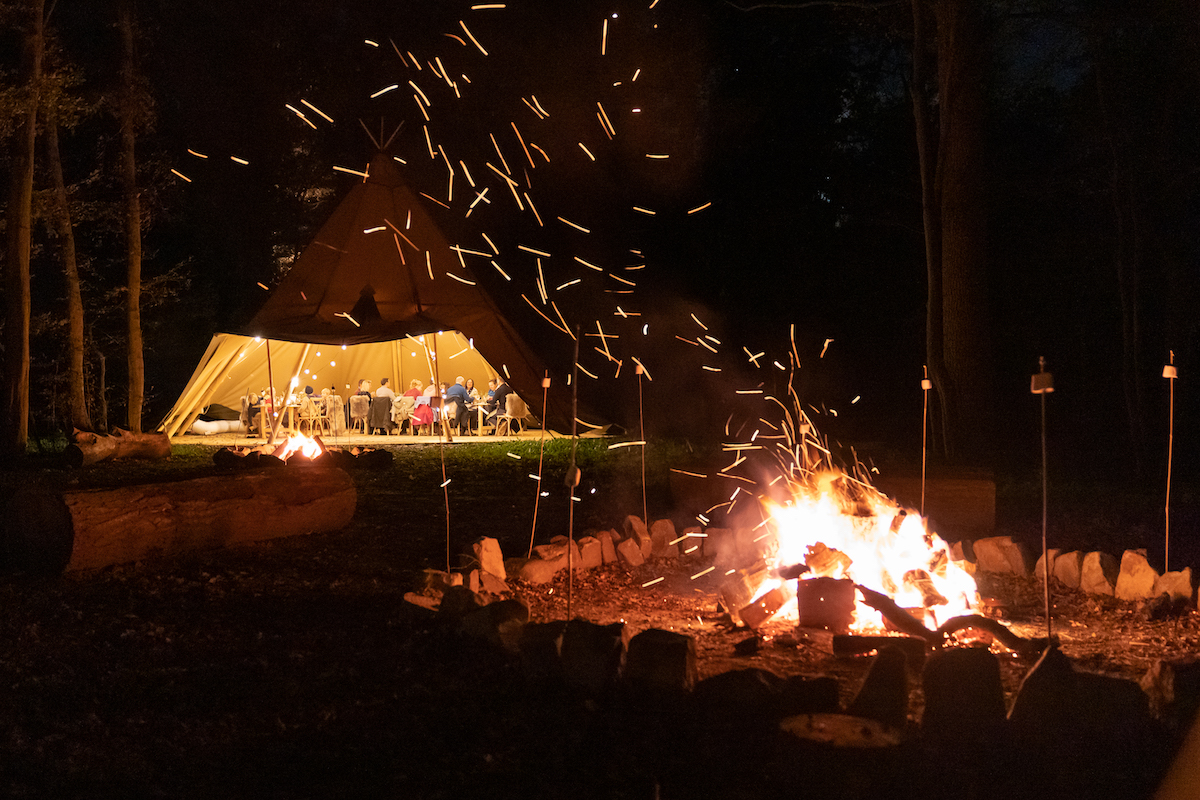
The reserve accommodates guests in a growing collection of restored country houses and cottages, which are dotted across the two sprawling estates, ranging between one- to 18-bed in size. An in-house design team has individually decorated each stylish property with luxurious interiors making the most of the original architecture, and all the amenities you could need, including in some properties a private spa. Hosts provide hotel-like services – from delivering hampers of local produce to arranging outdoor pursuits, and transporting you across the estate in Land Rovers and vintage Morris Minors.
Complimentary activities including use of Pashley cycles, row boats and tennis courts are enhance by a long list of bookable experiences ranging from axe throwing, laser clay shooting and archery, to paddle-boarding, use of Mokes and electric scooters, bushcraft sessions, bonfire experiences and campfire cooking. Despite these myriad leisure activities, guided estate nature walks and the ecologists’ dawn chorus experience are there to provide insight into this site’s primary purpose.
Other significant rewilding projects draw luxury travellers to the Scottish Highlands. Alladale Wilderness Reserve encompasses an extraordinary 23,000 acres of mountains, forest, rivers and lochs just an hour north of Inverness. The land’s owner, Paul Lister, took on this estate in 2003 with the vision of creating a wilderness reserve, restoring this patch of the Scottish Highlands’ ecosystem, and has subsequently led the planting of almost one million trees, as wellastherestorationofdamagedpeatlands, the reintroduction of the red squirrel and recovery of the Scottish Wildcat, among other wildlife projects.
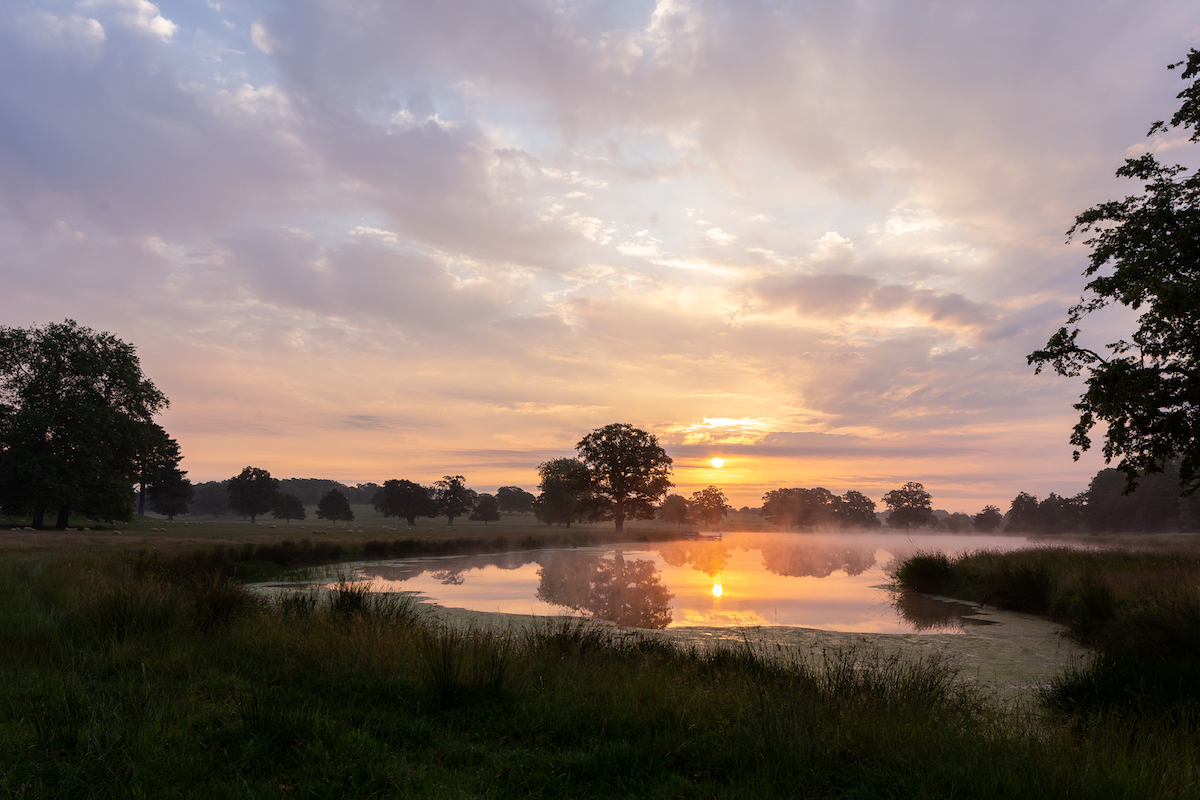
Visitors to Alladale Wilderness Reserve are accommodated in four lodges including the grand Victorian manor Alladale Lodge, sleeping up to 14 guests, the eight-person Eagle’s Crag hideaway, four-person Ghillie’s Rest and remote Deanich Lodge. As well as combining luxury hospitality with exploration of the rugged landscape — with activities like horse riding, hikes and dolphin watching on the docket — each guest’s stay contributes directly to the work of the reserve’s charity partner, The European Nature Trust, which supports wildlife and conservation projects across Europe.
More inspiration is to be found through Wildland, a organisation dedicated to the rehabilitation of three vast Scottish estates: Wildland North Coast, Wildland Cairngorm and Wildland West & Ness. To date, Wildland has planted more than four million trees across the Scottish Highlands and nurtured the landscape to allow for regeneration and the prosperity of wildlife. Generating proceeds that go back into these conservation efforts, the organisation also hosts guests in a number of inviting properties.
Drawing on the restorative power of nature, Wildland provides a nature-immersed stay at Lundies House art hotel on the coast and Killiehuntly Farmhouse in Cairngorm National Park, with self-catering cottages then including the forest-based Glenfeshie Cottages, design lover’s Kyle House, homage to Bloomsbury, Strathmore Lodge, and the cosy Killiehuntly Cottages. Experiences at each site include nature walks and wild swimming, 4×4 tours and salmon and trout fishing.
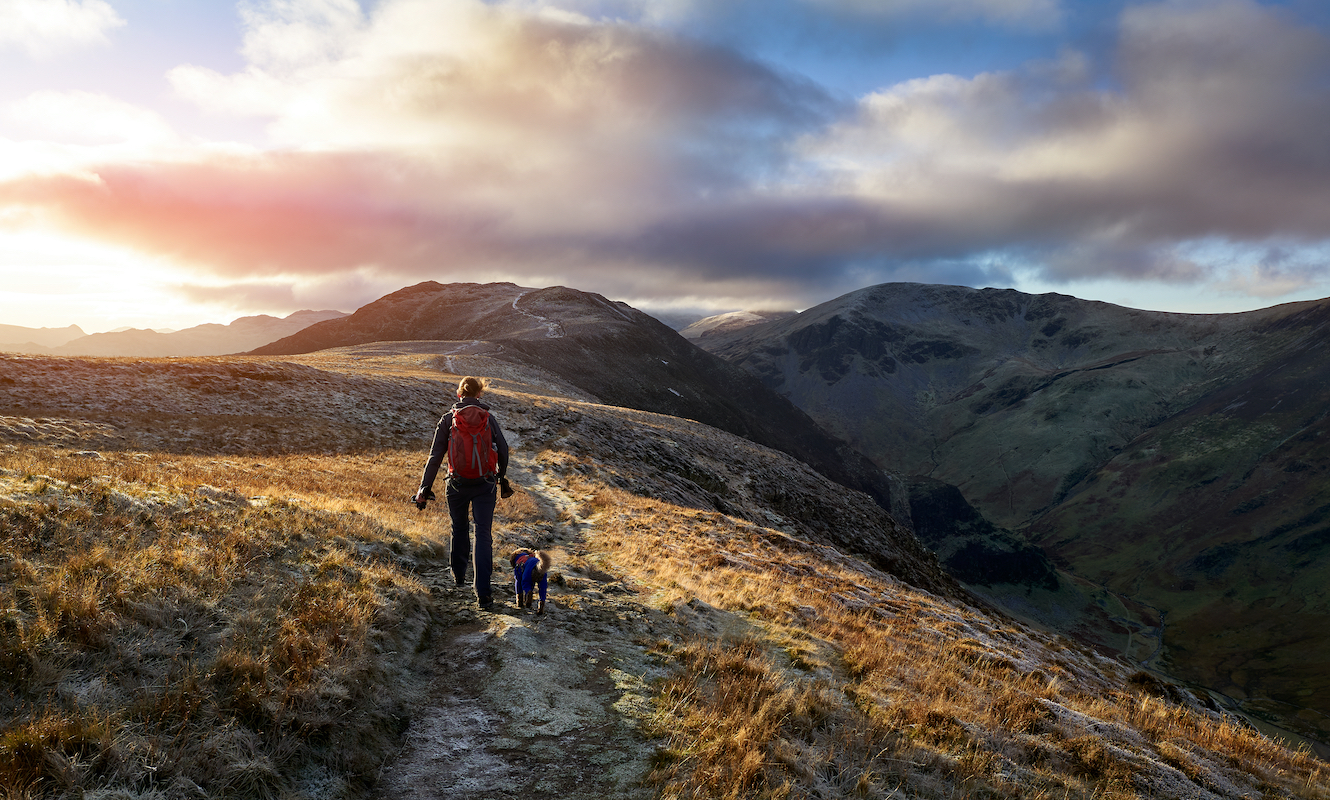
Each of these three leading wilderness endeavours highlights just how conservation of the UK countryside can be paired with luxurious nature retreats from which funds go straight back into further enhancing each wildlife area – protecting our natural beauty for generation to come.






